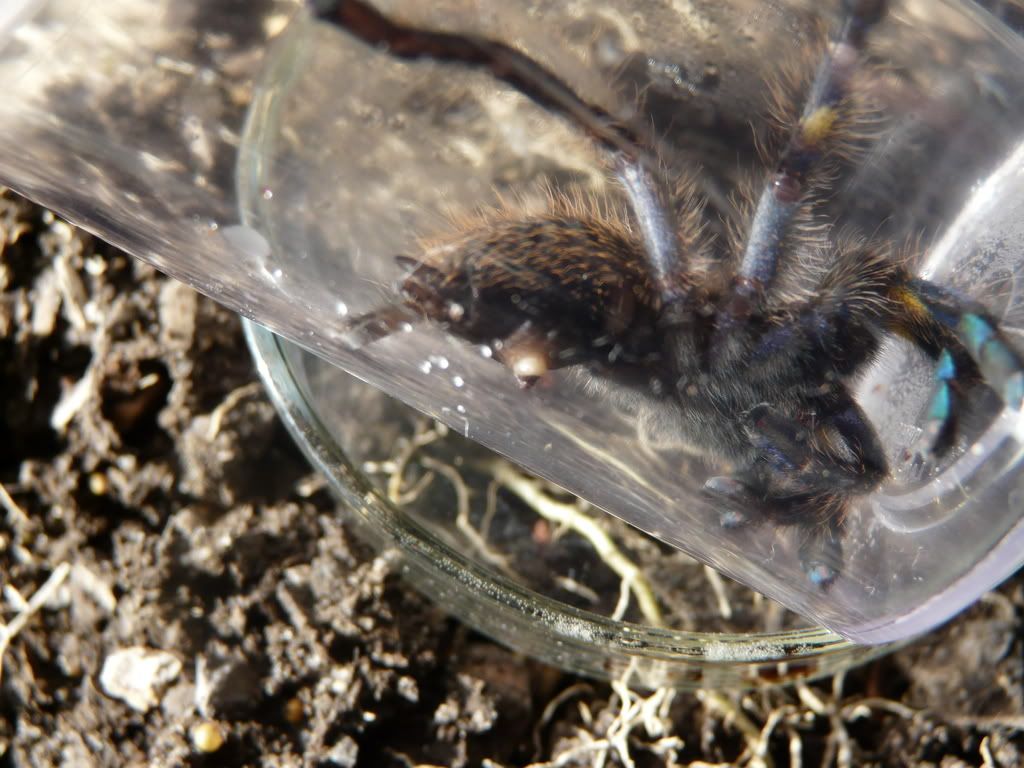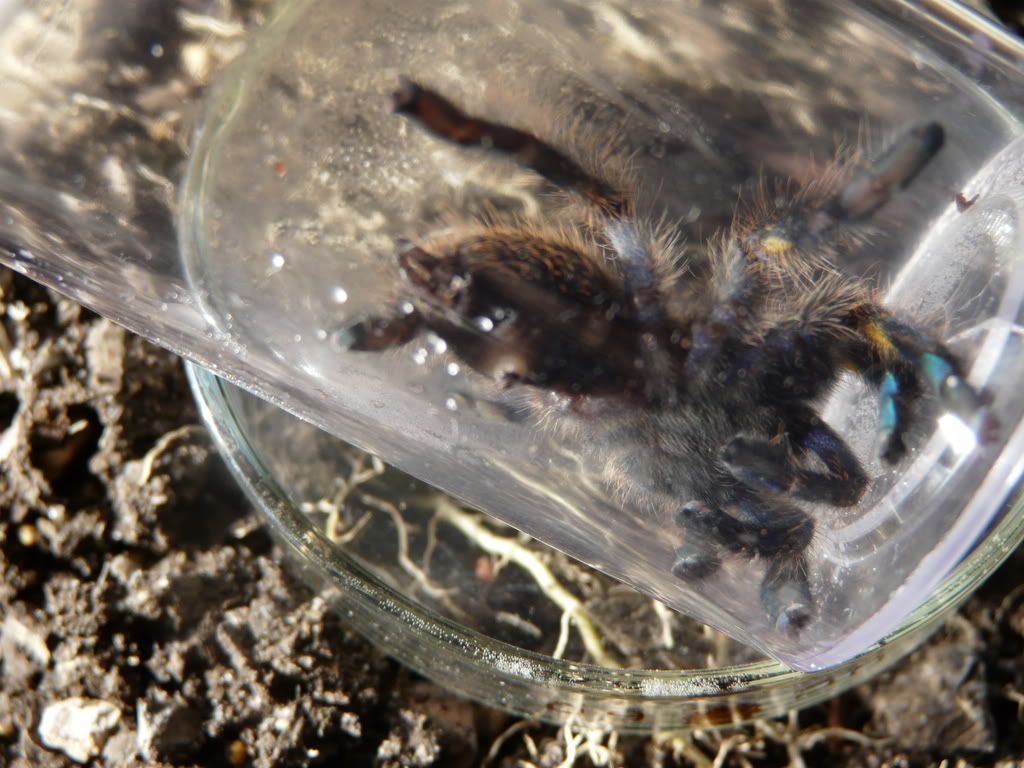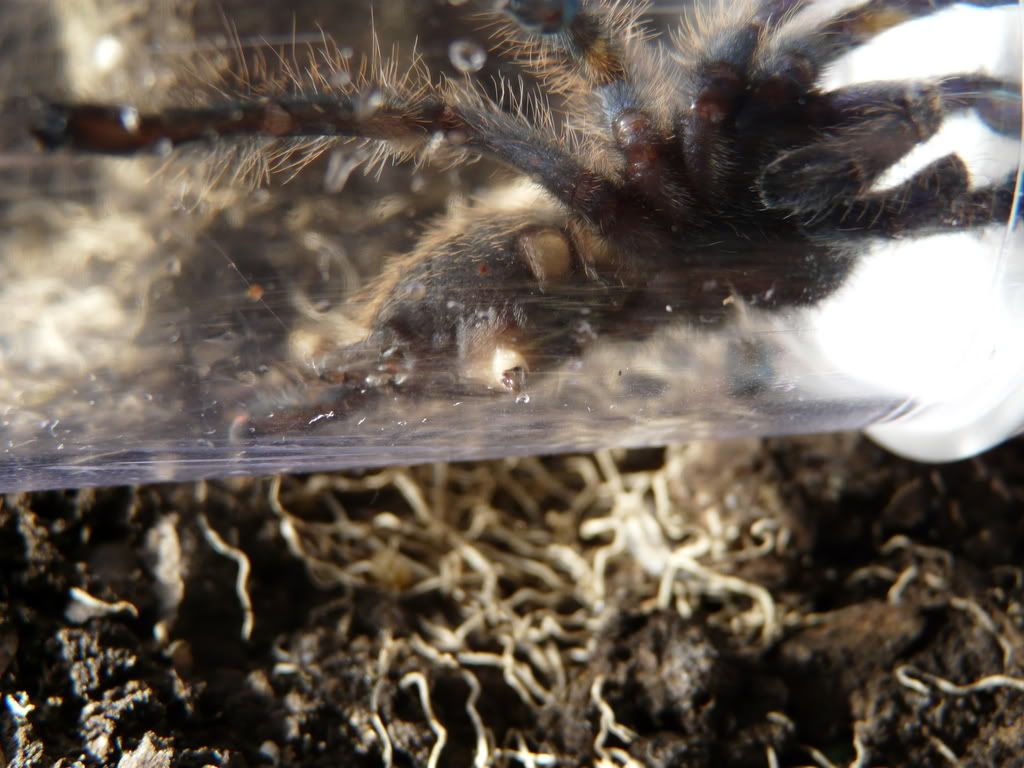Hi Dianne,
Having read the ATS discussion, I think going with the jelly initially is probably the best bet, but I'd still strongly recommend getting a vet to do the procedure if it comes to that. Having (possibly - nobody knows in tarantulas!)) some analgesia from the gaseous anaesthetic, and the availability of fluids to inject to compensate for any fluid loss in the procedure would I think make a difference to the chances of survival. It would still be quite risky surgery though.
You mentioned you had an exotic vet I think, he/she should know someone interested in tarantula work if he/she doesn't want to do it themselves.
Good luck,
Bruce.
Having read the ATS discussion, I think going with the jelly initially is probably the best bet, but I'd still strongly recommend getting a vet to do the procedure if it comes to that. Having (possibly - nobody knows in tarantulas!)) some analgesia from the gaseous anaesthetic, and the availability of fluids to inject to compensate for any fluid loss in the procedure would I think make a difference to the chances of survival. It would still be quite risky surgery though.
You mentioned you had an exotic vet I think, he/she should know someone interested in tarantula work if he/she doesn't want to do it themselves.
Good luck,
Bruce.








Comment